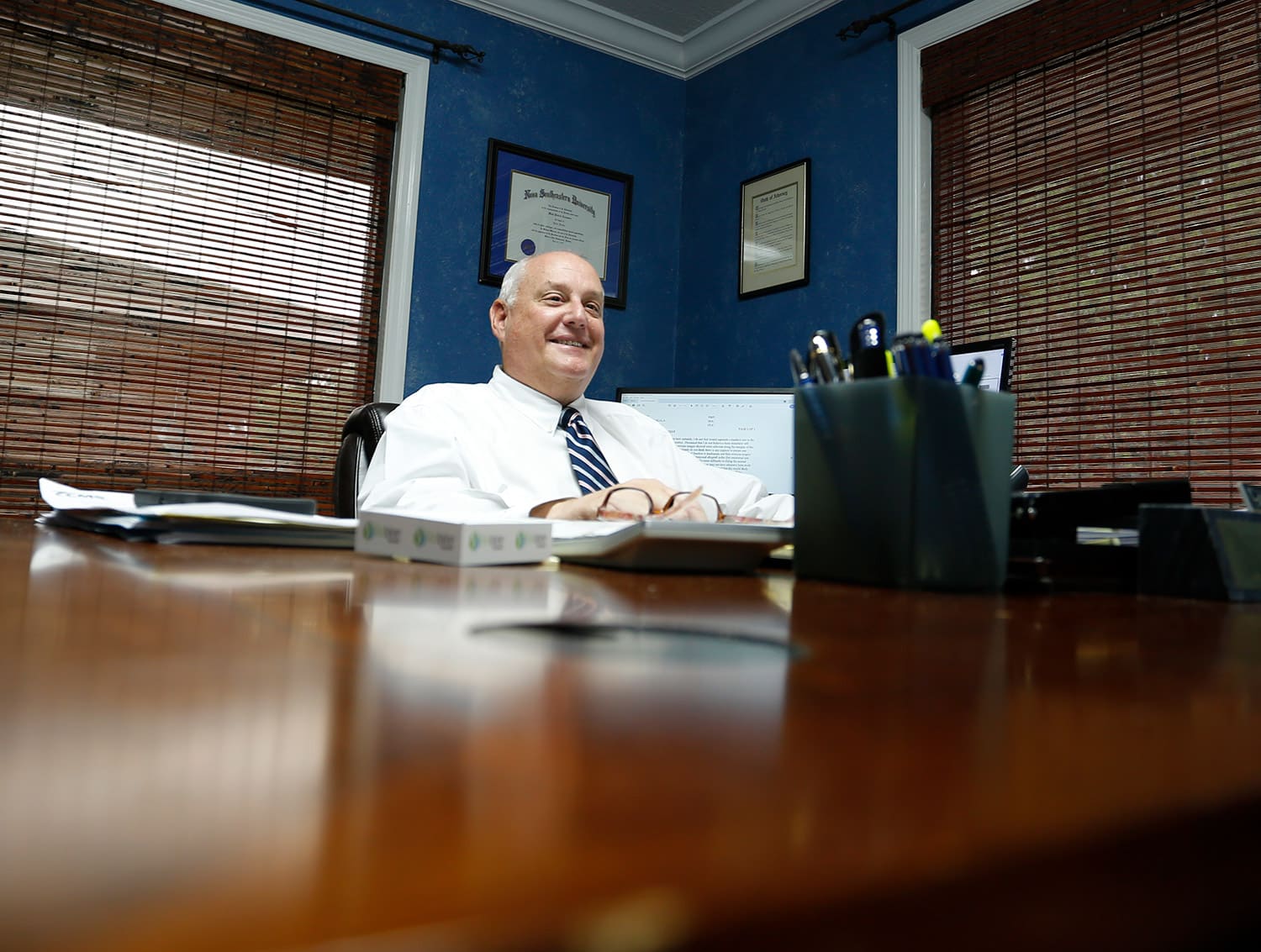When filing for bankruptcy (whether Chapter 7 or Chapter 13), you must list all of your debt, both secured and unsecured. Determining if you are responsible for paying these debts after filing for bankruptcy depends on whether the debt is pre-petition or post-petition. Learn about the meaning of these terms and how they affect your bankruptcy filing below.
What is Pre-Petition Debt?
Pre-petition debt is any debt a person had before filing for bankruptcy protection under the United States Bankruptcy Code. Most pre-petition debt is discharged (meaning the debt is relieved, and you are no longer responsible for it) once you receive your Discharge of Debtor notice from the bankruptcy court at the end of your case.
Examples of pre-petition debt
Most credit card, medical, and personal debt is pre-petition debt. It also includes payday loans, foreclosures, and repossession deficiencies. Some types of pre-petition debt are non-dischargeable, such as student loans. Read more about non-dischargeable debts here.
What is Post-Petition Debt?
Post-petition debt is a debt you obtain after filing your bankruptcy case. These debts are not part of your bankruptcy case and will not be discharged. Any debt you acquire after filing for bankruptcy (even if your case is still pending) is considered post-petition, and you are responsible for paying it. For this reason, speaking with a bankruptcy lawyer before filing your bankruptcy petition is wise if you know you will incur large debts, such as medical bills, in the near future.
Examples of post-petition debt
In many cases, post-petition debts are home-related costs if you choose to keep your home, like insurance, real estate taxes, and HOA fees. Post-petition debt could also include medical, electric, and utility bills.
How Pre & Post Petition Debts Effect Bankruptcy
Chapter 7
The idea behind filing a Chapter 7 bankruptcy is the ability to “start over” with a clean slate, owing little to no debt. If you continue to acquire debt after filing your Chapter 7 bankruptcy case, you may not have enough funds to support your budget. Therefore, you should consider your options before incurring post-petition debt.
Chapter 13
You cannot take on additional debt without the permission of your trustee when you file for Chapter 13 bankruptcy. If you do, your case may be dismissed, and you will not be able to take advantage of the bankruptcy relief you seek.
If you keep your home and have any ongoing, recurring debt like Homeowners Association or Condominium Association assessments, you must continue to pay them. In most cases, these assessments are paid outside your payment plan. That means you, not the trustee’s office, are responsible for paying these assessments monthly, quarterly, semi-annually, or annually. Failure to pay the assessments will result in you facing a foreclosure action—even while you are in bankruptcy. When you prepare a Chapter 13 petition, consideration will be given to your ongoing monthly expenditures to ensure you have enough money budgeted to pay these assessments. In the United States Bankruptcy Court for the Middle District of Florida, Orlando Division, the standing Chapter 13 Trustee is Laurie K. Weatherford.
Cressman Law Firm: Orange County Bankruptcy Attorney
Anyone thinking of filing bankruptcy must take two courses: a credit counseling course, which you take before you file for bankruptcy, and a debtor education course, which you take after you have filed. These courses allow you to determine if bankruptcy is the right choice, ensure that your bankruptcy will provide the debt relief you seek, and guide you toward long-term financial stability.
Let experienced bankruptcy attorney Mark P. Cressman help you get back on your feet and move on from bankruptcy. Contact us or call our office anytime at 407-871-3372 to schedule a consultation.



